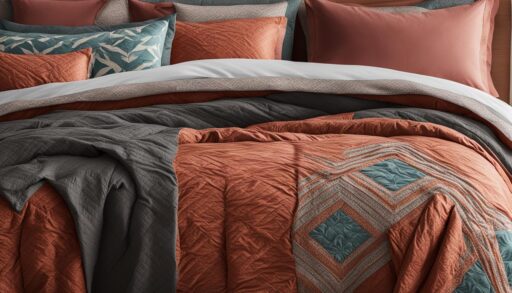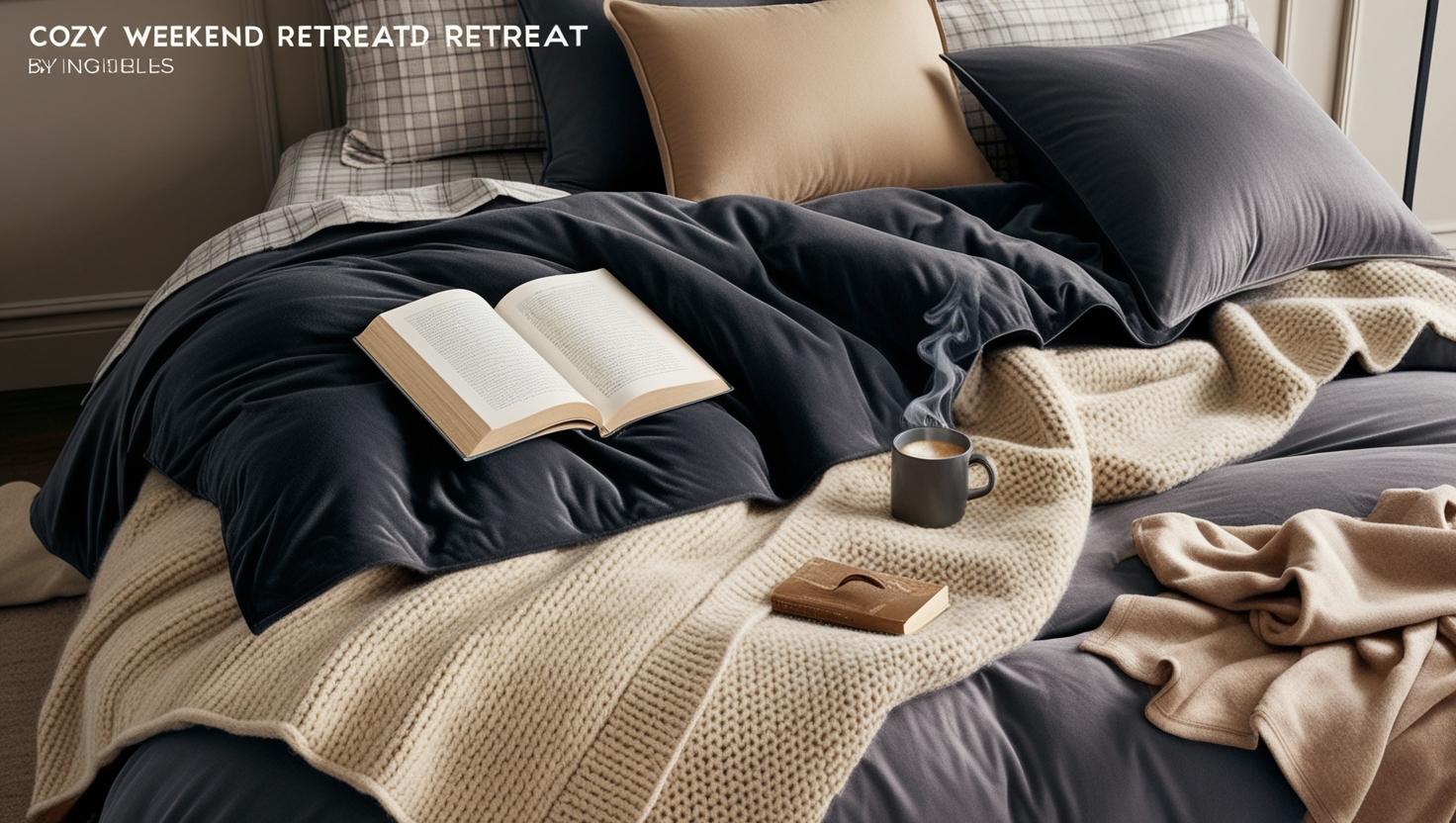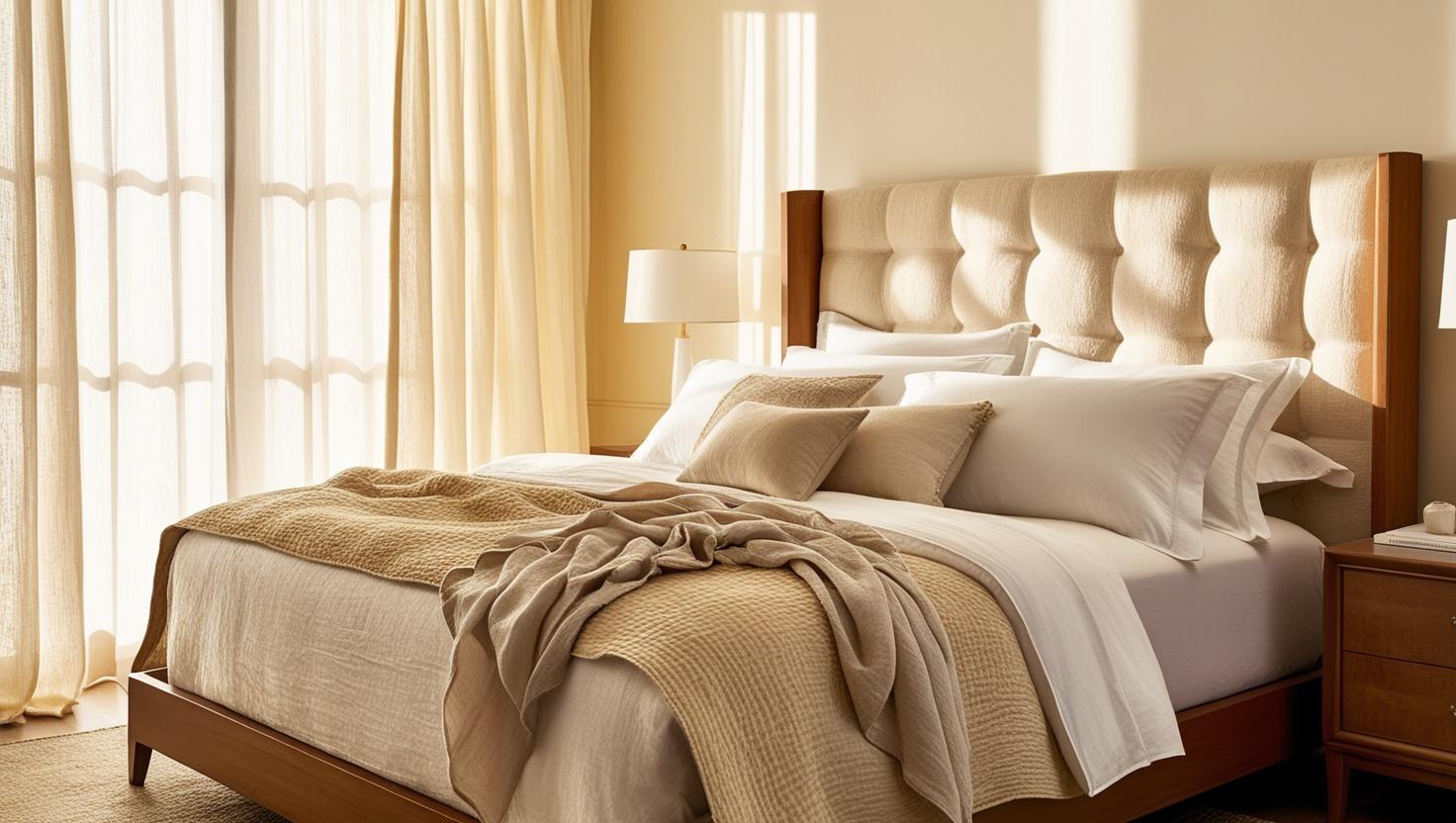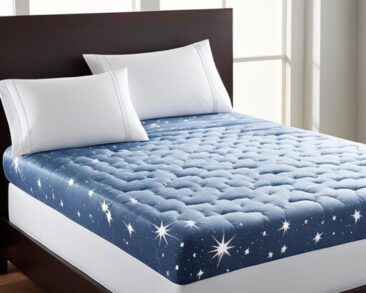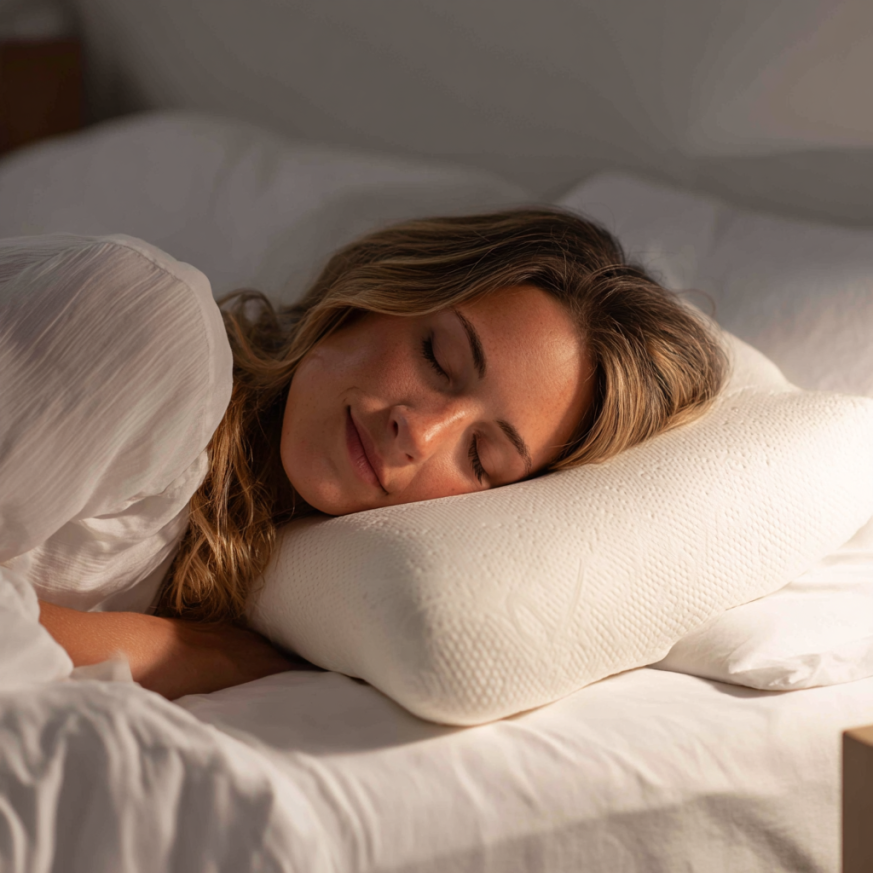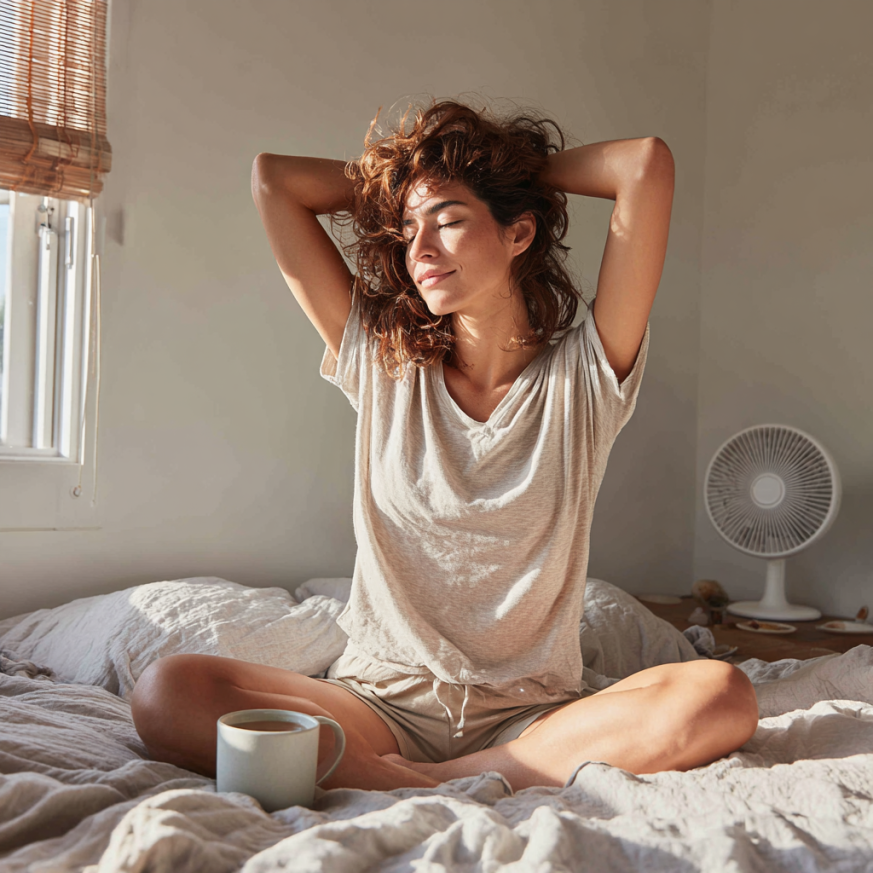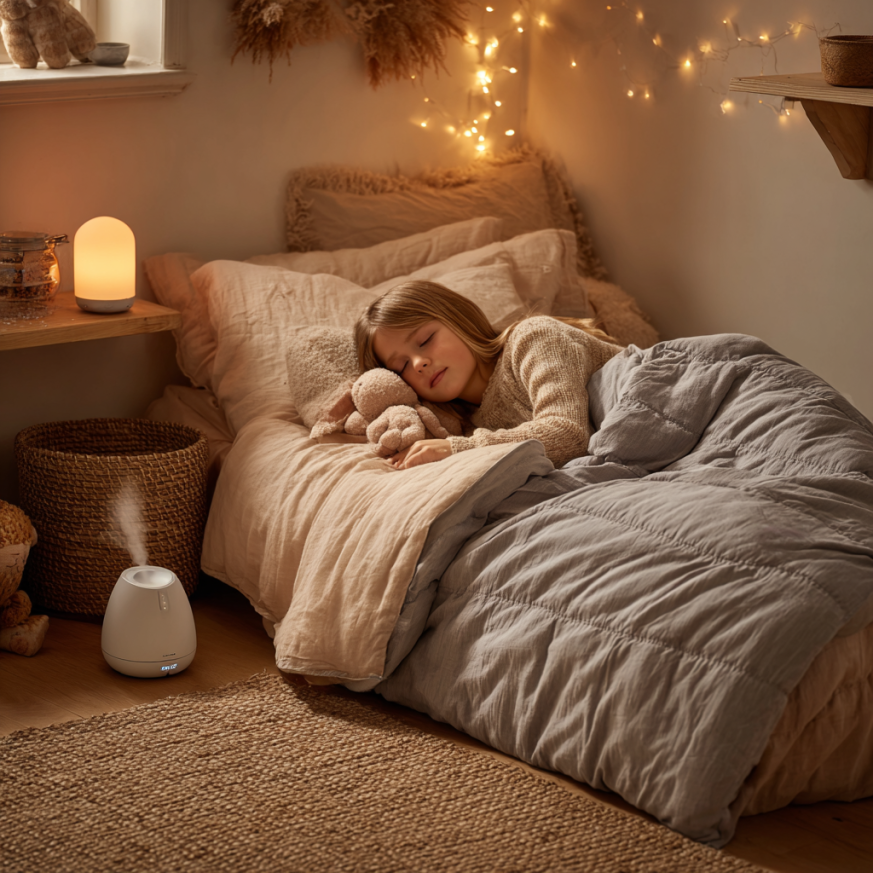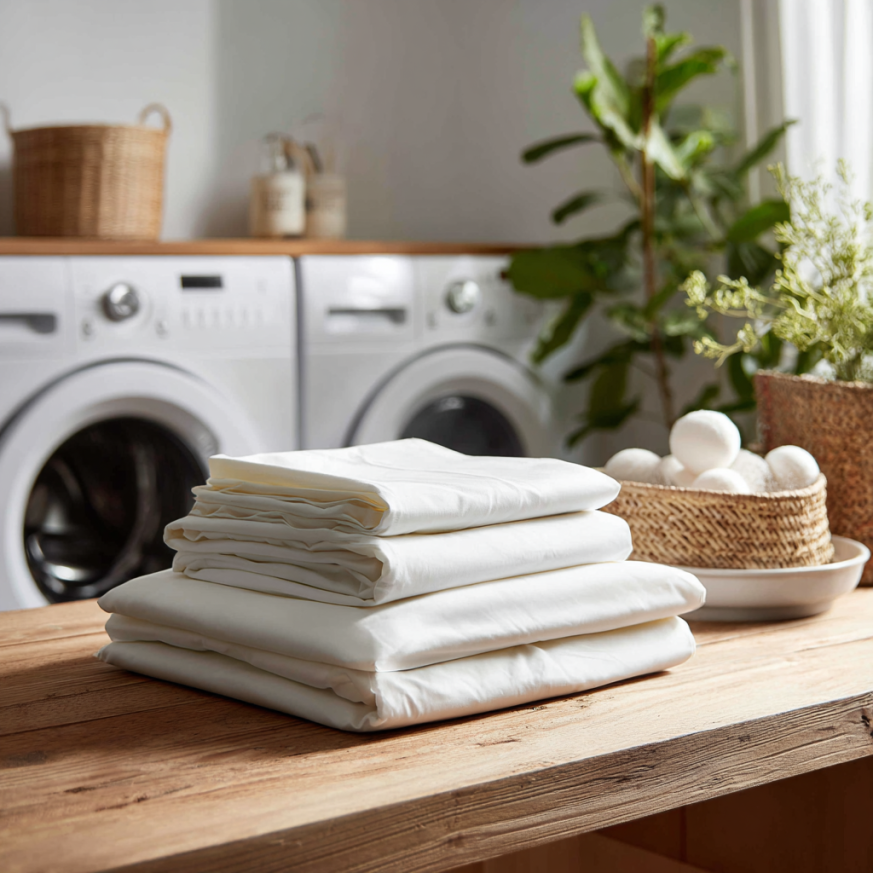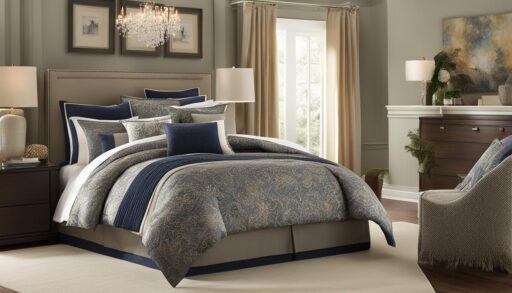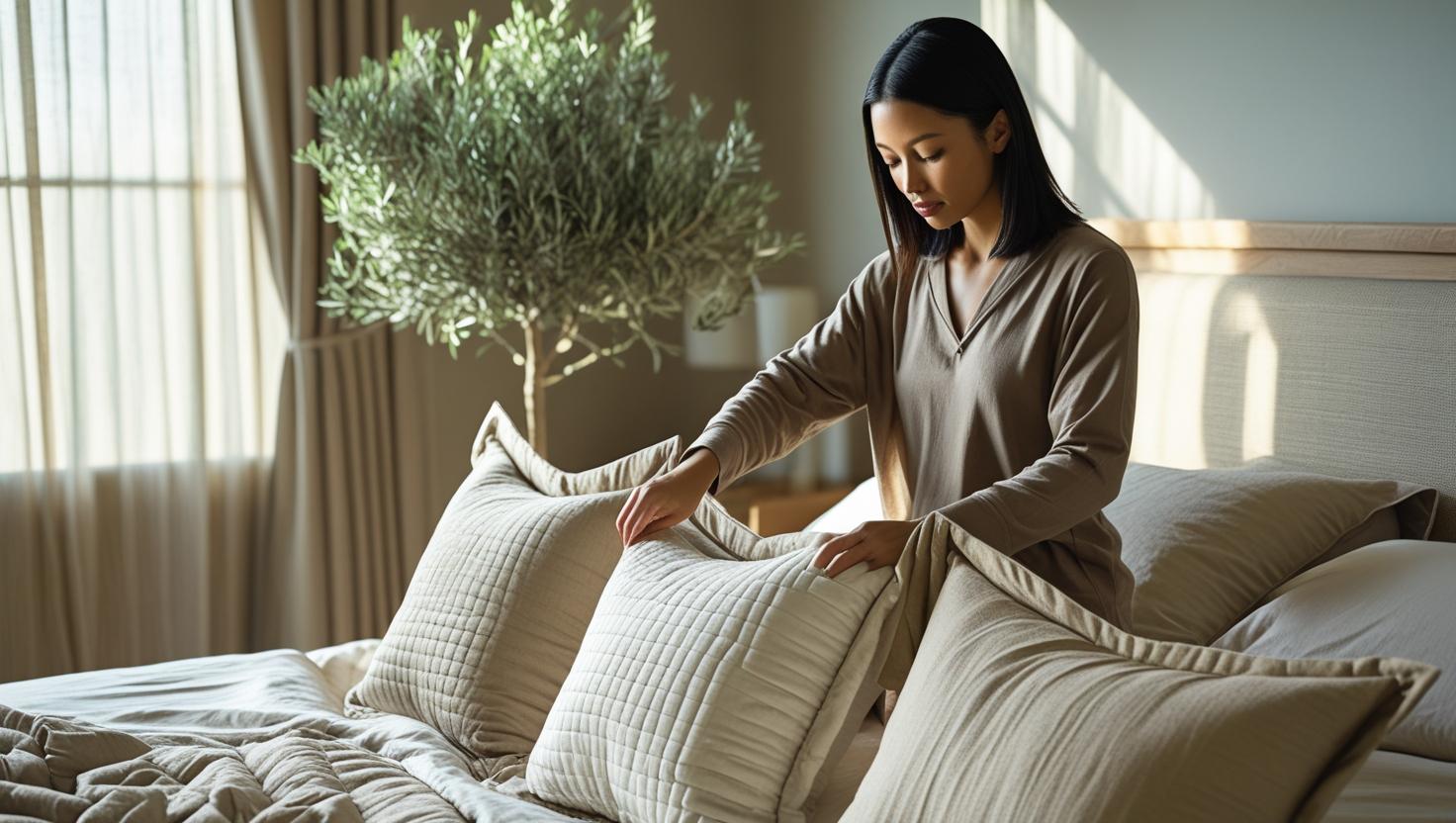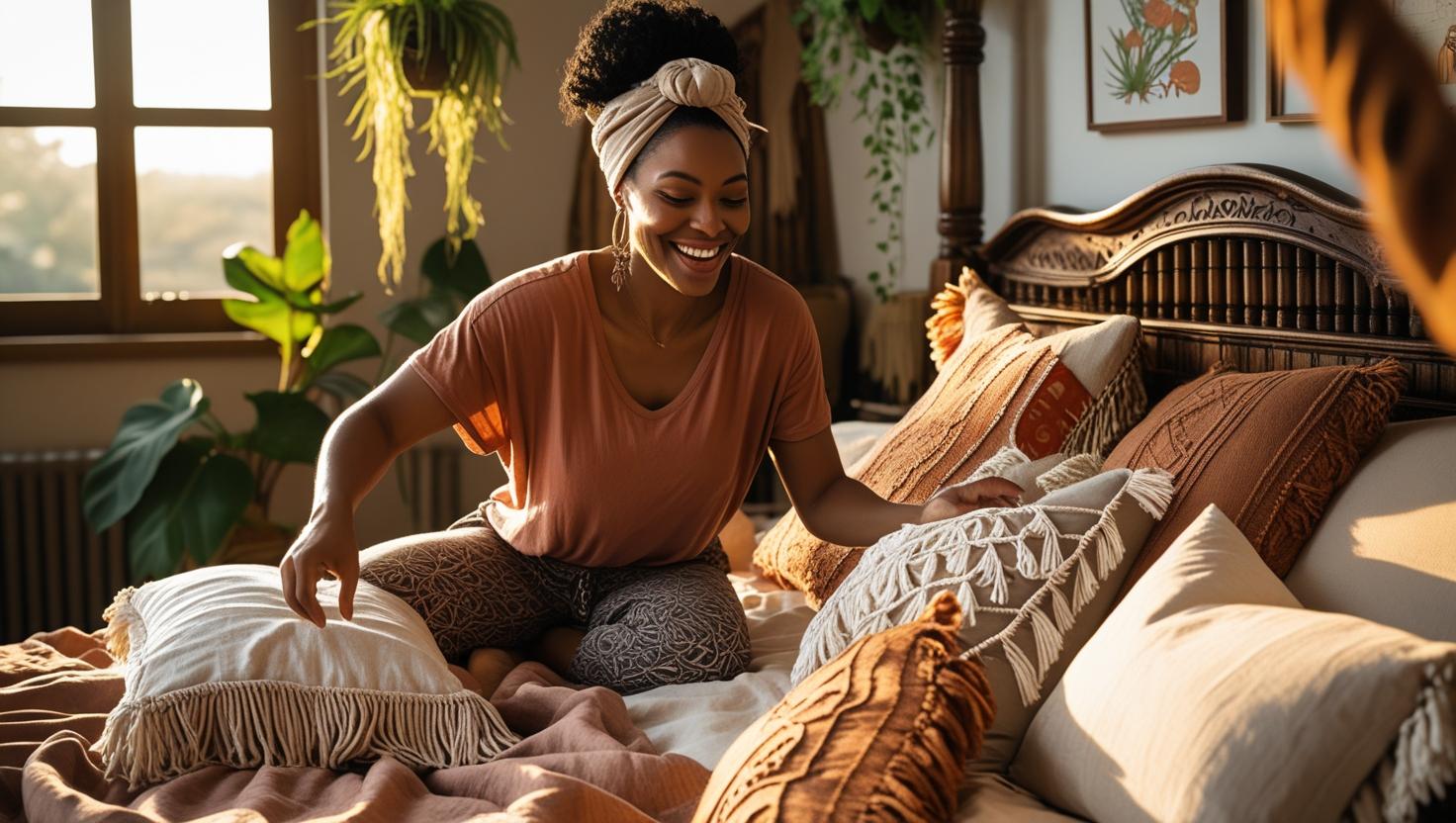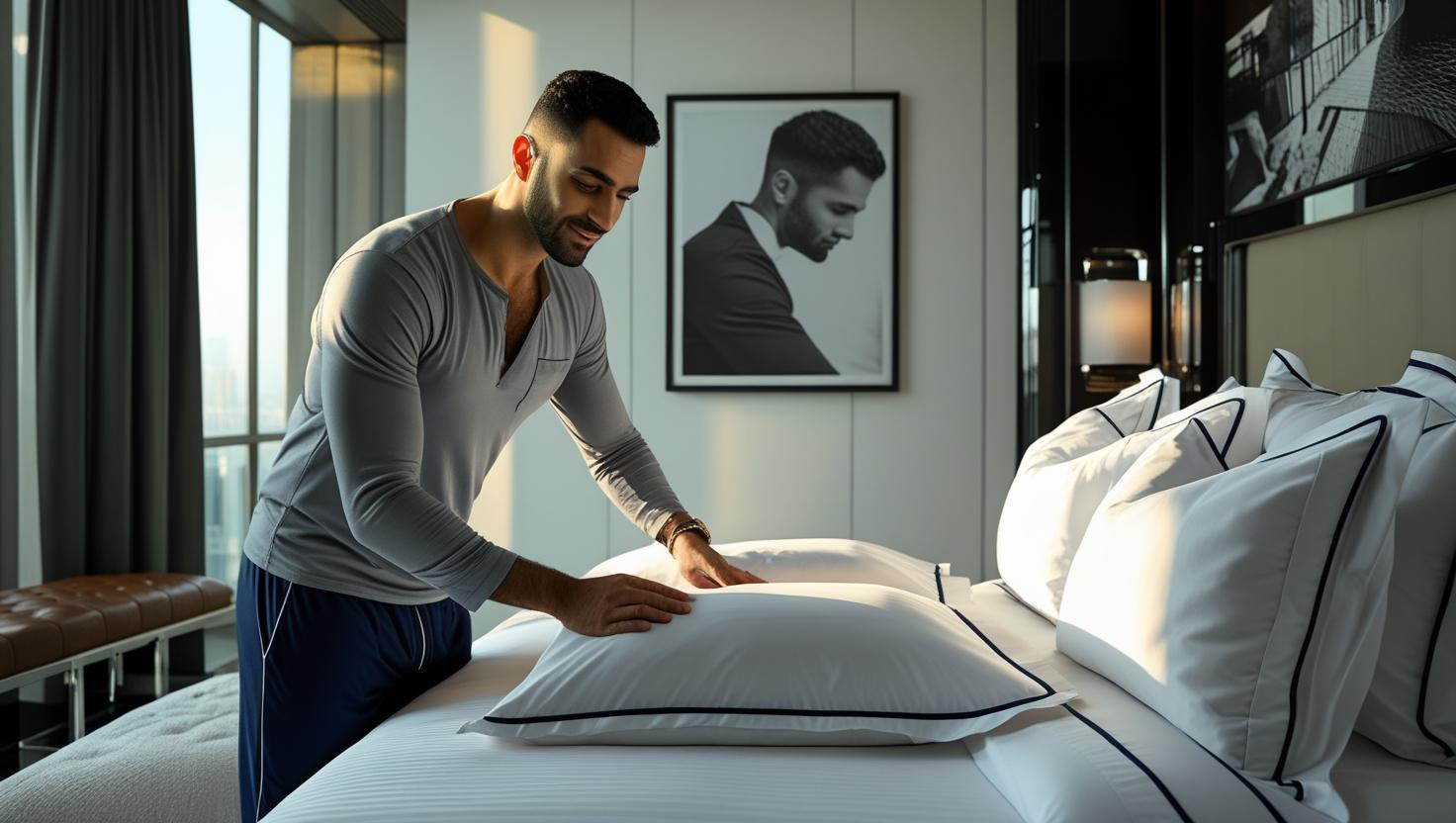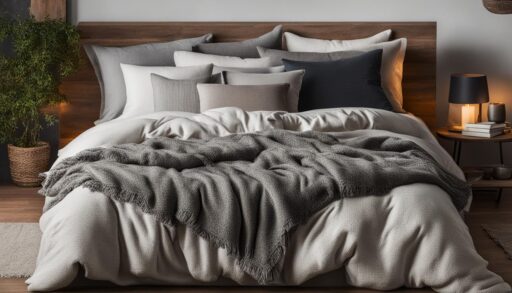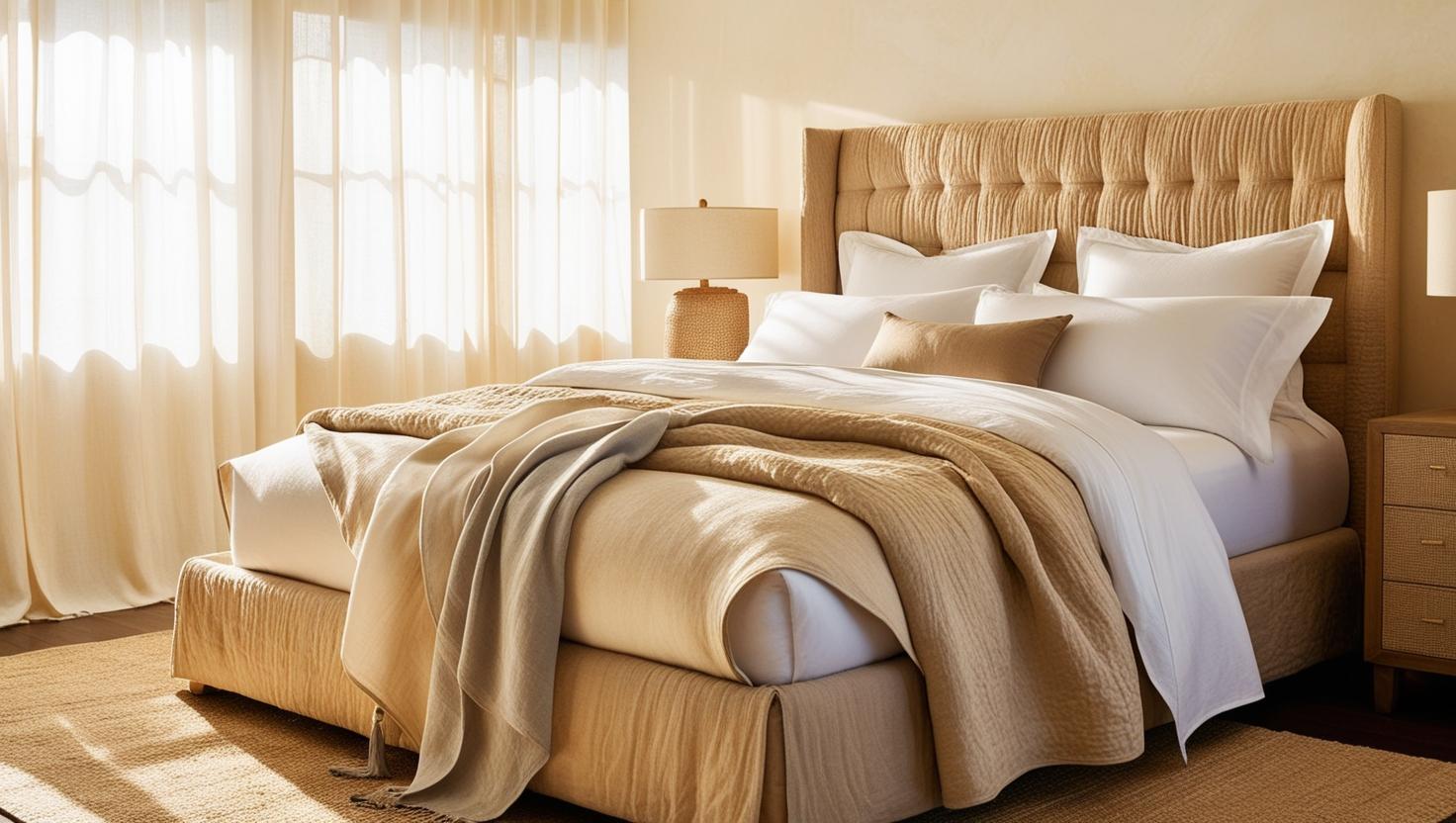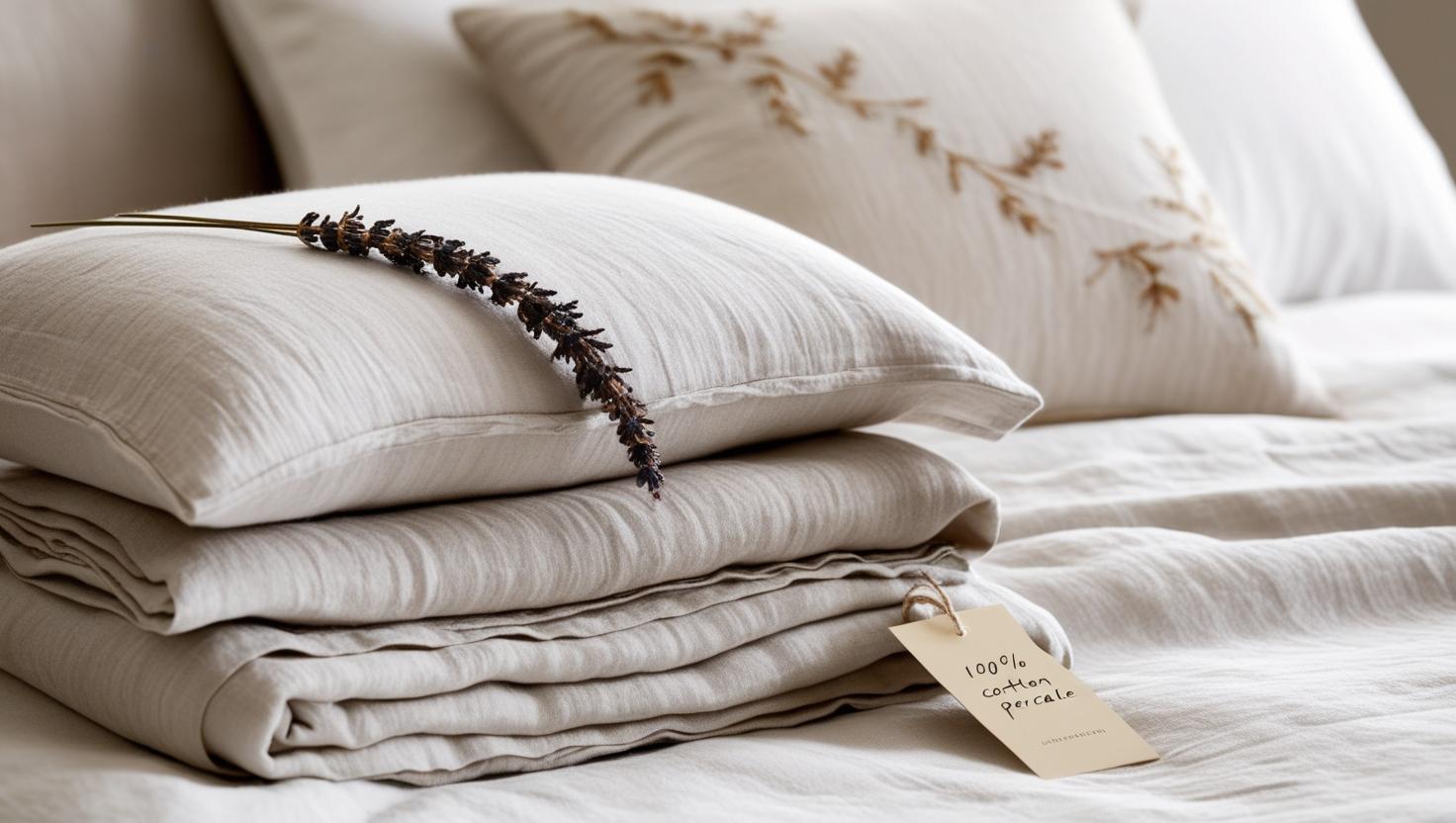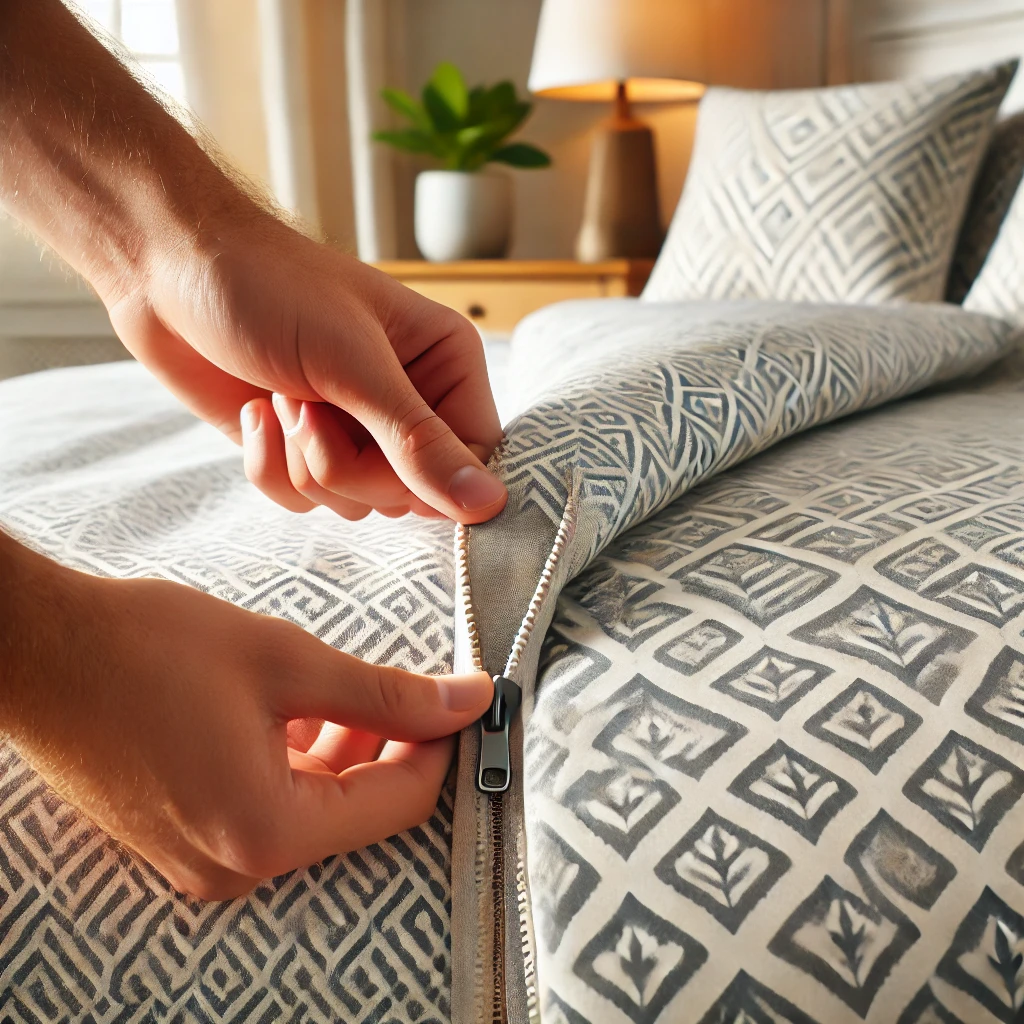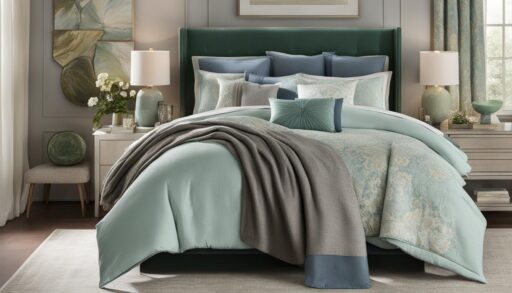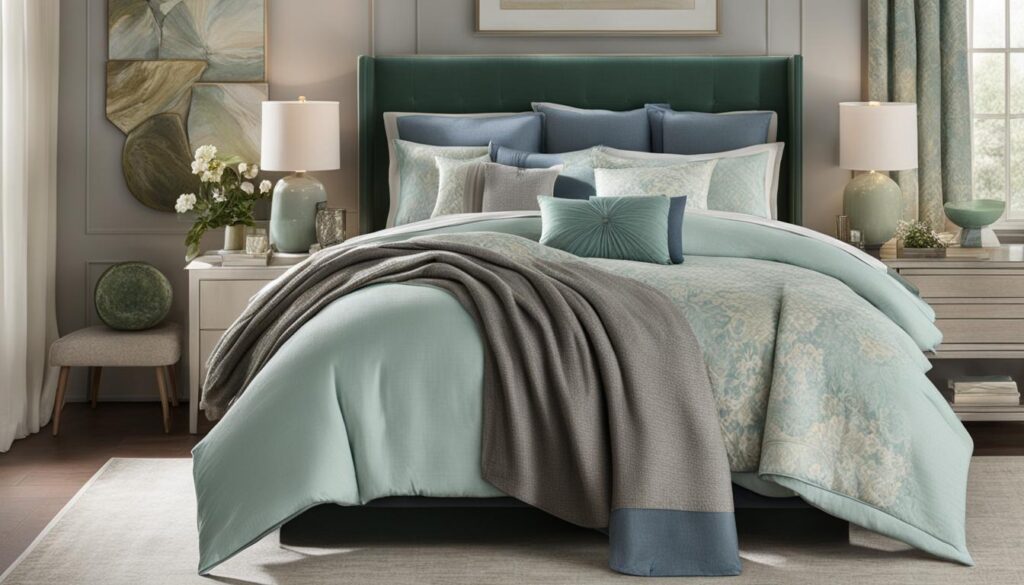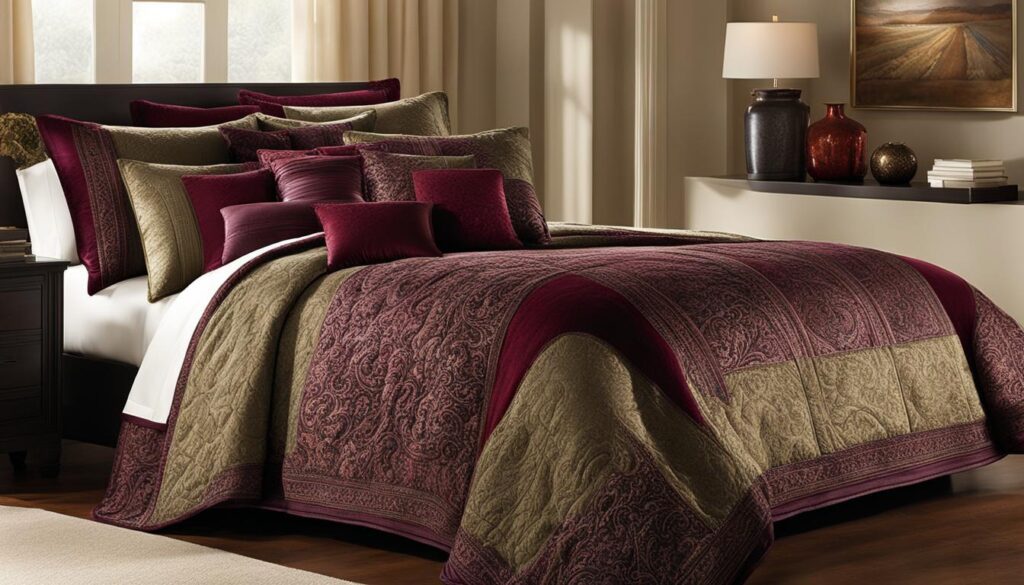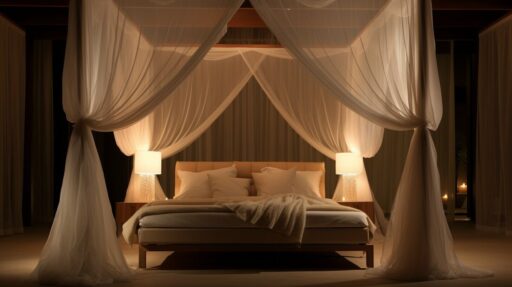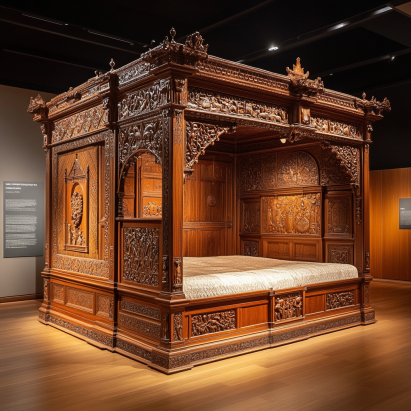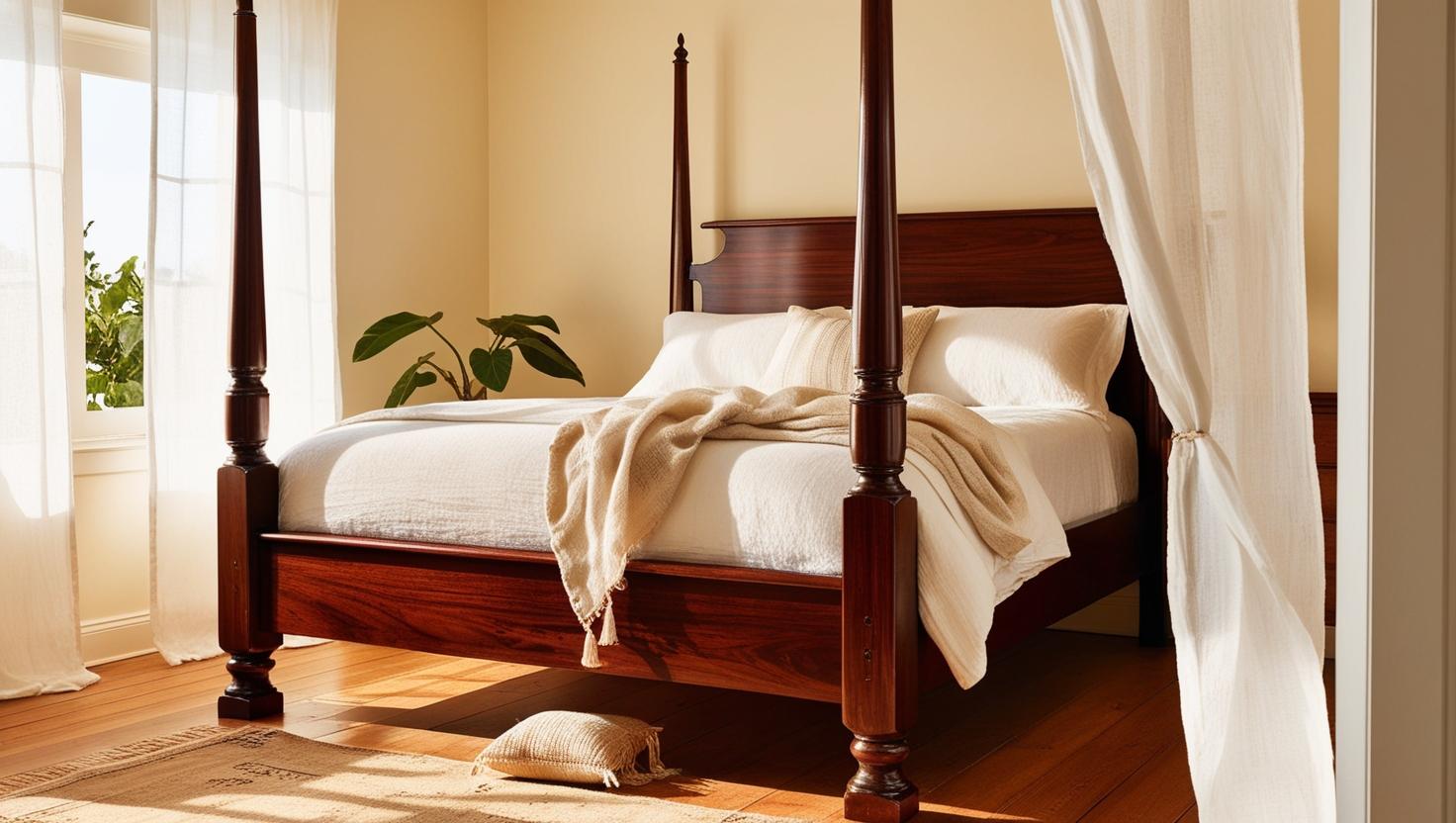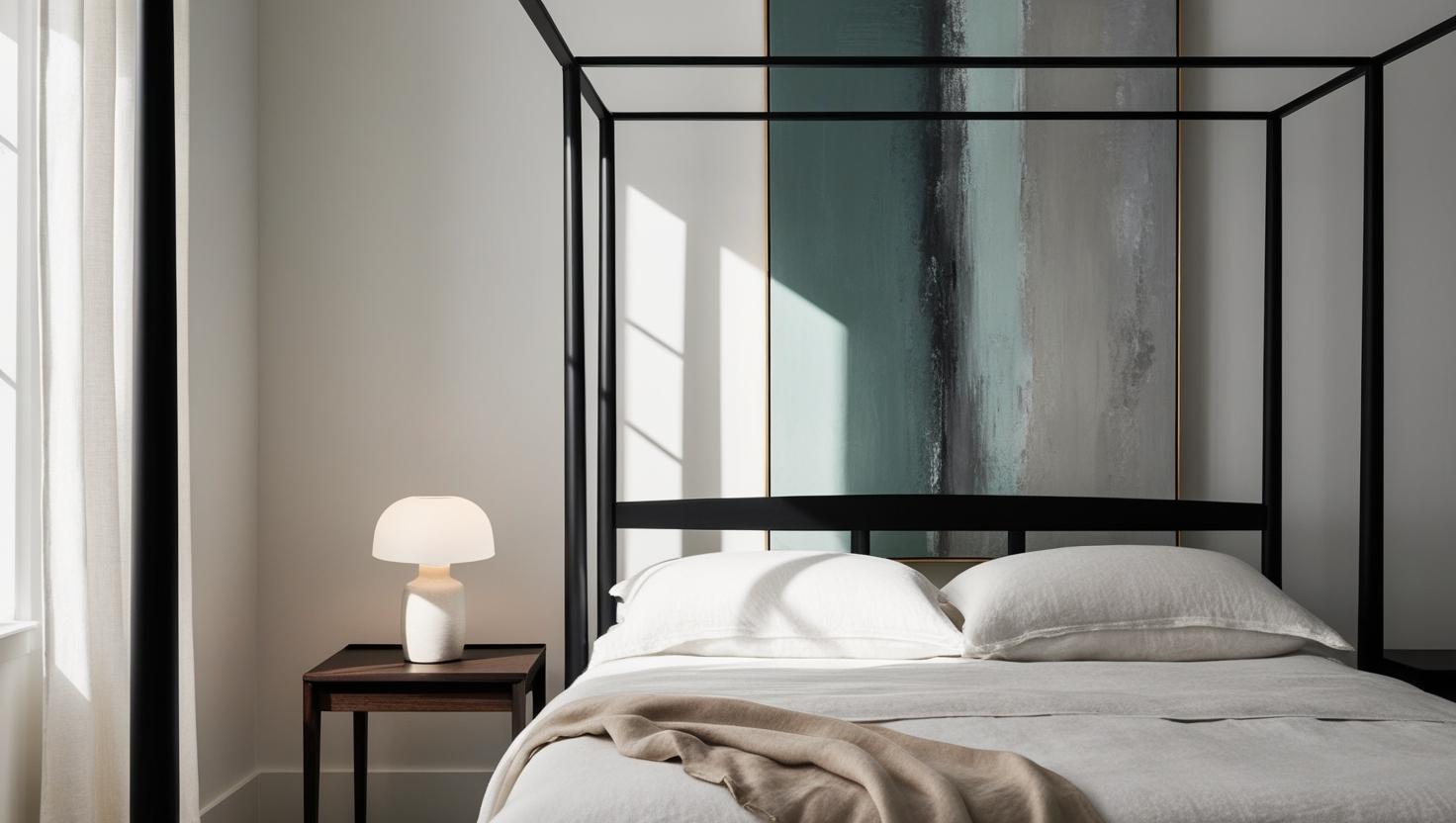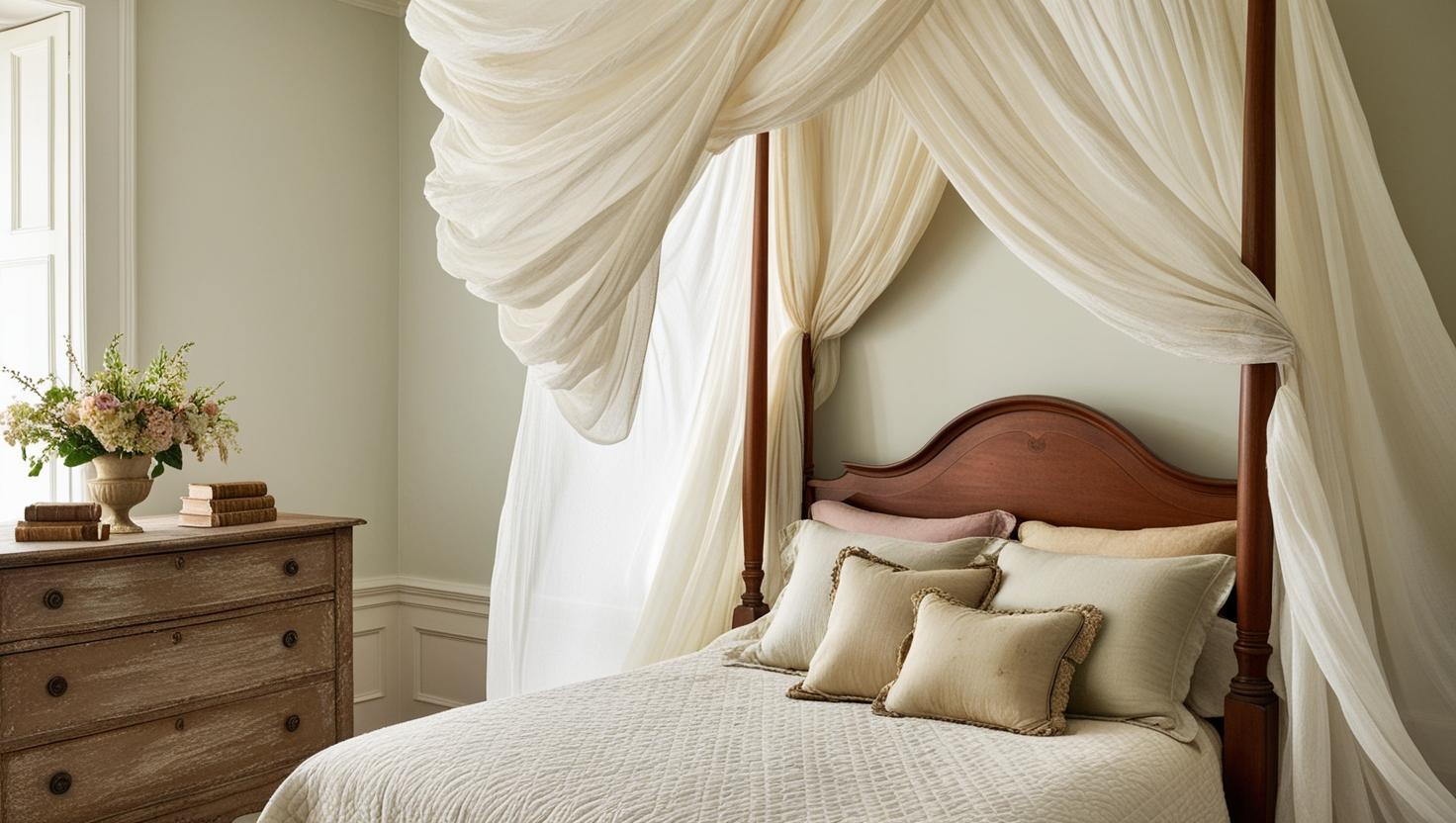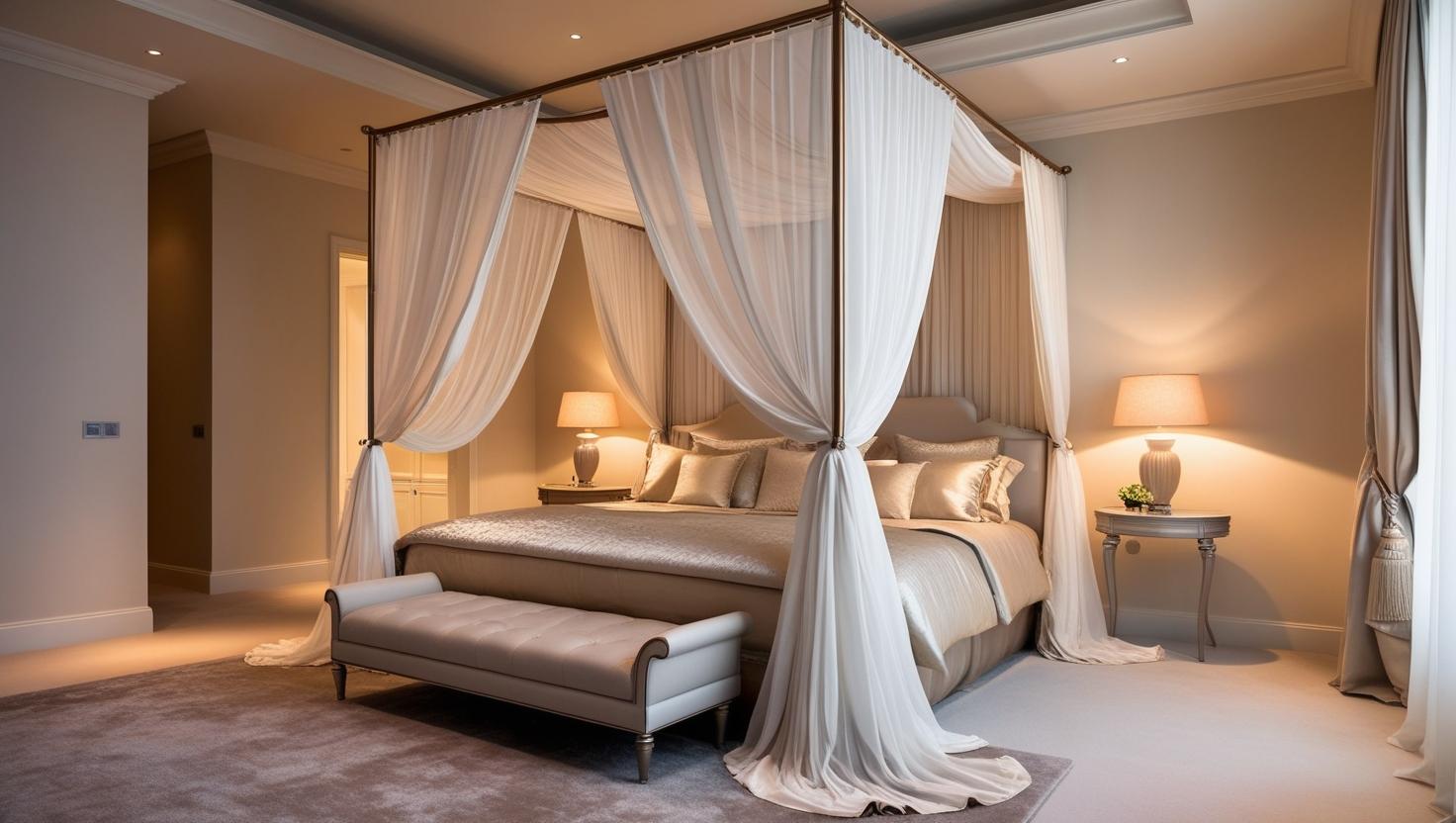How to Clean a Bed Mattress
How to clean a bed mattress might seem daunting, but it’s easier than you think. This guide will help you refresh your bed naturally and effectively.
Key Takeaways
- Remove dust, allergens, and odors with simple tools and natural cleaners
- Improve sleep quality and mattress longevity with regular maintenance
- Use DIY solutions or consider professional help for deep stains
Why Cleaning Your Mattress Matters
We spend nearly a third of our lives sleeping, and your mattress collects everything from dust mites to sweat and skin cells. According to Architectural Digest, regular cleaning reduces allergens and improves air quality. A clean mattress supports better health, especially for allergy sufferers.
Aside from hygiene, a clean mattress promotes a more calming and restorative sleep environment. Over time, accumulated grime and bacteria can affect not only your comfort but also your immune system. Proper mattress care is a form of self-care that directly contributes to your well-being.
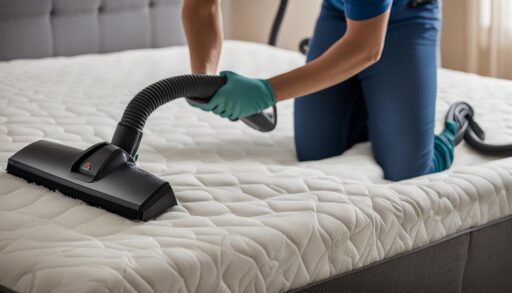
Step-by-Step: How to Clean a Bed Mattress
1. Strip the Bedding
Start by removing all linens, including sheets and pillowcases. Wash them in hot water to kill bacteria and dust mites. For a guide on breathable and sustainable materials, check our article on bedding materials and their benefits.
2. Vacuum the Mattress
Use an upholstery attachment to vacuum the entire mattress surface, paying extra attention to seams and edges. This removes hidden allergens and crumbs. For best results, go over the mattress twice—once vertically and once horizontally—to ensure maximum pickup of dust and particles.
3. Spot Clean Stains
Mix 2 cups of hydrogen peroxide, 1 tablespoon of dish soap, and a splash of water in a spray bottle. Mist the stained area and scrub gently with a cloth. Avoid oversaturating the mattress to prevent mold growth. For stubborn stains, repeat the process and let the solution sit for 10 minutes before wiping it away.
4. Deodorize Naturally
Sprinkle baking soda over the mattress and let it sit for at least 30 minutes. For fragrance, add essential oils like lavender. As noted by Martha Stewart, baking soda neutralizes odors effectively. This natural deodorizer works particularly well for pet smells or general mustiness.
5. Vacuum Again
Once the baking soda has absorbed moisture and smells, vacuum it all up thoroughly. This step ensures your mattress stays fresh and clean. Using a handheld vacuum or a hose attachment can help you reach tight corners more easily.
6. Let It Air Out
Place your mattress near an open window or under direct sunlight. UV rays naturally kill bacteria and help air out trapped moisture and odors. If moving the mattress outside isn’t practical, use a fan to circulate air and speed up the drying process indoors.
Ongoing Mattress Maintenance Tips
Deep cleaning isn’t the only way to keep your mattress fresh. Regular maintenance prolongs its life and boosts hygiene:
- Use a Waterproof Mattress Protector: Shields your mattress from spills, dust, and allergens.
- Wash Bedding Weekly: Clean linens reduce oil and skin cell buildup.
- Rotate and Flip: Every 3–6 months, rotate (and flip if your mattress design allows) to ensure even wear.
- Vacuum Monthly: Frequent vacuuming helps keep mites and dust at bay. Learn more in our full mattress hygiene and cleaning guide.
Another underrated tip is to keep pets off your bed. While cuddly companions are great, they can track in dirt, dander, and other contaminants. If you do let pets sleep on your bed, be diligent about grooming them and cleaning the bedding more often.
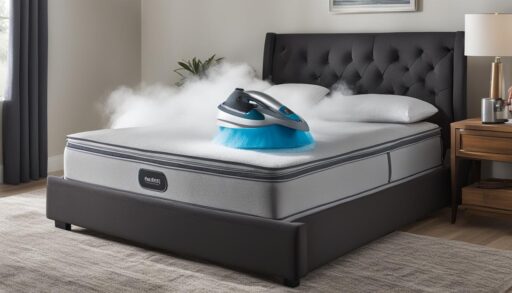
When to Hire a Professional
If your mattress has persistent odors, deep stains, or signs of bed bugs, it’s time to call in the pros. Professionals use commercial-grade steamers and UV tools for deep, effective cleaning that you can’t replicate at home.
Also consider hiring a professional if you suffer from asthma or severe allergies. A certified cleaning service can remove allergens beyond surface level, offering relief that’s both immediate and long-lasting.
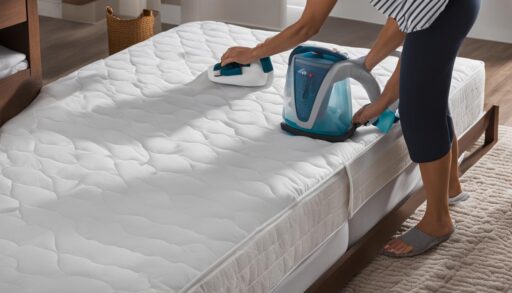
A clean mattress is essential for restful sleep and long-term comfort. Now that you know how to clean a bed mattress properly, you can enjoy a fresher, healthier sleep environment all year round.
FAQ
How often should I clean my mattress?
You should deep clean your mattress every 6 months and perform light maintenance like vacuuming monthly.
Can I use vinegar to clean a mattress?
Yes, diluted vinegar can be used to remove light stains and odors. Spray lightly and blot with a clean cloth.
Is baking soda safe for all mattress types?
Yes, baking soda is safe and effective for memory foam, latex, hybrid, and innerspring mattresses.
Learn more in our guide to eco-friendly mattress cleaning, why mattress hygiene matters, and the best natural sleep products for a toxin-free home.

